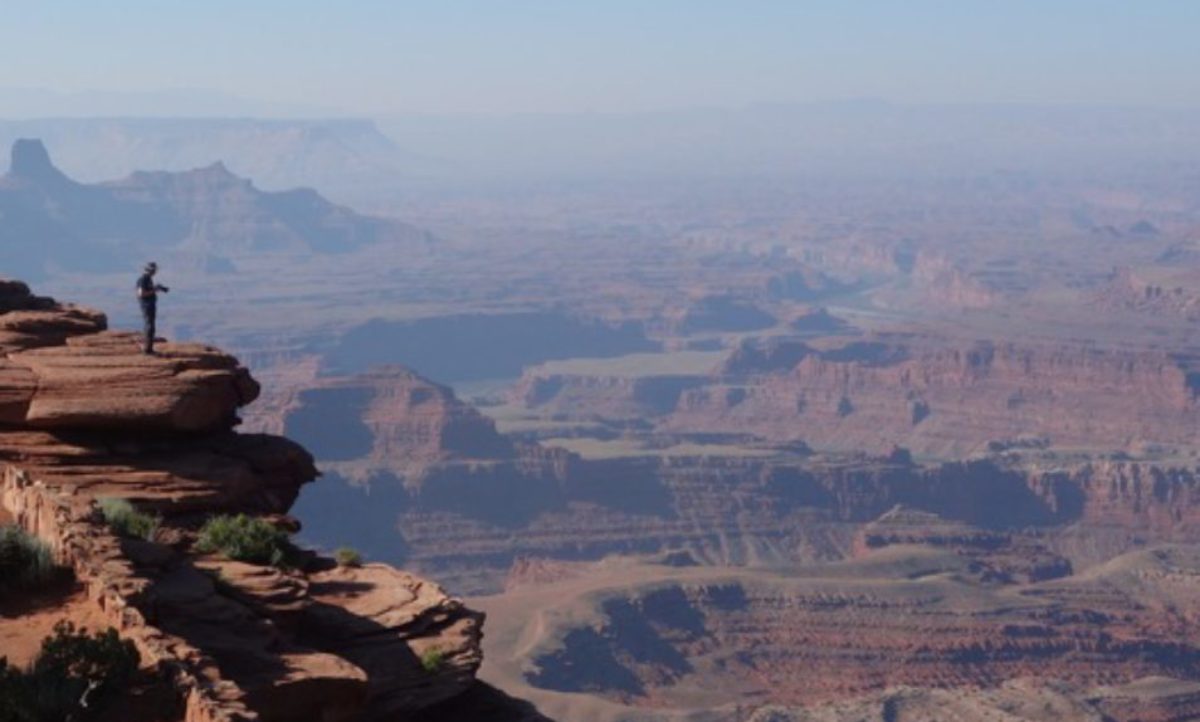I’ll admit to a bit of sadness at leaving Jekyll Island. It was so peaceful and quiet, and we had the most beautiful weather. It was a perfect respite from the cares and worries of the world. We both loved it.
We woke up to cloudy skies and a trek down freeway 95 to Saint Augustine. We arrived at mid morning and had a guided visit to the Cathedral Basilica of Saint Augustine, which is the oldest parish of a permanent European settlement in North America. It just celebrated its 400th anniversary. We strolled through St George pedestrian street, and had lunch of soup and salad at one of the oldest restaurants in the city, the Columbia restaurant, founded in 1905 by Cuban refugees. With all the ornate tiles, it looked like a restaurant one would find in Andalusia. The early Spanish influence can’t be denied. St. Augustine has been conquered and fought over by rivaling European colonist powers, finally becoming a part of the United States in 1821.
After our lunch we had a little free time, then boarded a trolley for an overview of the historic district. We drove by Ponce de Leon’s Fountain of Youth but there’s now an admission price to taste the waters! We learned about the architecture and how various invaders built and changed the buildings through the years.
We checked into our hotel mid afternoon then had a fantastic dinner out at Raintree, a charming restored Victorian house. The crème brûlée was the best!

I didn’t send this post last night because the pictures wouldn’t synch up the iPhone to the iPad so I’ll continue on with what we did today
We started out the morning with a visit to the Castillo de San Marcos, the ancient fort, and then were dropped off downtown to catch the 10:00 tour of Flagler College.
The college is named for Henry Morrison Flagler, a Gilded Age industrialist who partnered with John D. Rockefeller in Standard Oil. He then dabbled in railroading, putting down tracks down the coast of Florida. He built the Ponce de Leon hotel in 1888, one of the first of his luxury hotels along the east coast of Florida. This historic landmark now serves as the centerpiece for the college, which started admitting students in 1968.
There are many remarkable facts about this place: it was the first major poured-in-place concrete building in the United States and it launched the careers of young architects John Carreras and Thomas Hastings, who went on to build the New York Public Library and the House and Senate office buildings adjacent to the Capitol in Washington D.C. It was one of the first electrified buildings in the U.S. – powered even before the White House. Louis Comfort Tiffany did the interiors, with the largest collection of stained glass windows, including 79 in the dining hall. There is a complete collection of eleven Tiffany Austrian crystal chandeliers in the Flagler Room.
After our tour we visited the ATM across the street, then peeked in next door to another Spanish Renaissance building called the Villa Zorayda, originally built in 1883 by Bostonian Franklin W. Smith as a 1/10 reproduction of the Alhambra in Granada, Spain. It has a quirky and eclectic mix of antiques and artifacts including an Egyptian mummy wrapped in a cat rug. This building was a private home, restaurant and club, speakeasy and casino. It opened as a museum in 1933 and has recently undergone extensive renovation. Unfortunately, no photos could be taken inside.
It was only a half block to our next discovery, the Lightner museums, which was originally the Hotel Alcazar, again built by the aforementioned Mr. Flagler, with an extensive entertainment area, including tennis courts, bowling alley and a swimming pool. The pool has been transformed into a wonderful café, which is where we had our lunch
The museum’s holdings include pieces from the Gilded Age, as well as other collections that Mr. Lightner bought from people who lost their money during the Depression. He had collections in his home town of Chicago but no building in which to house them, until he visited Florida for recuperation after a bout of ill health. The Hotel Alcazar had fallen on hard times and so he was able to convince the city fathers to bring his collection there…and now it has a home. It has been catalogued and organized in three floors. It’s billed as a collection of 19th century fine and decorative art.
After museum-hopping much of the day, we returned to the hotel for a bit of rest before heading out to a charming inn for our final dinner with new friends. After a lovely lunch, I ate sparingly…
..but I didn’t skip dessert!
Tomorrow is travel day. Fortunately we don’t have to jump on the shuttle until early afternoon and will be home late in the evening.
Hope you enjoyed our trip to Charleston, Savannah, Jeckyll Island and Saint Augustine!
























